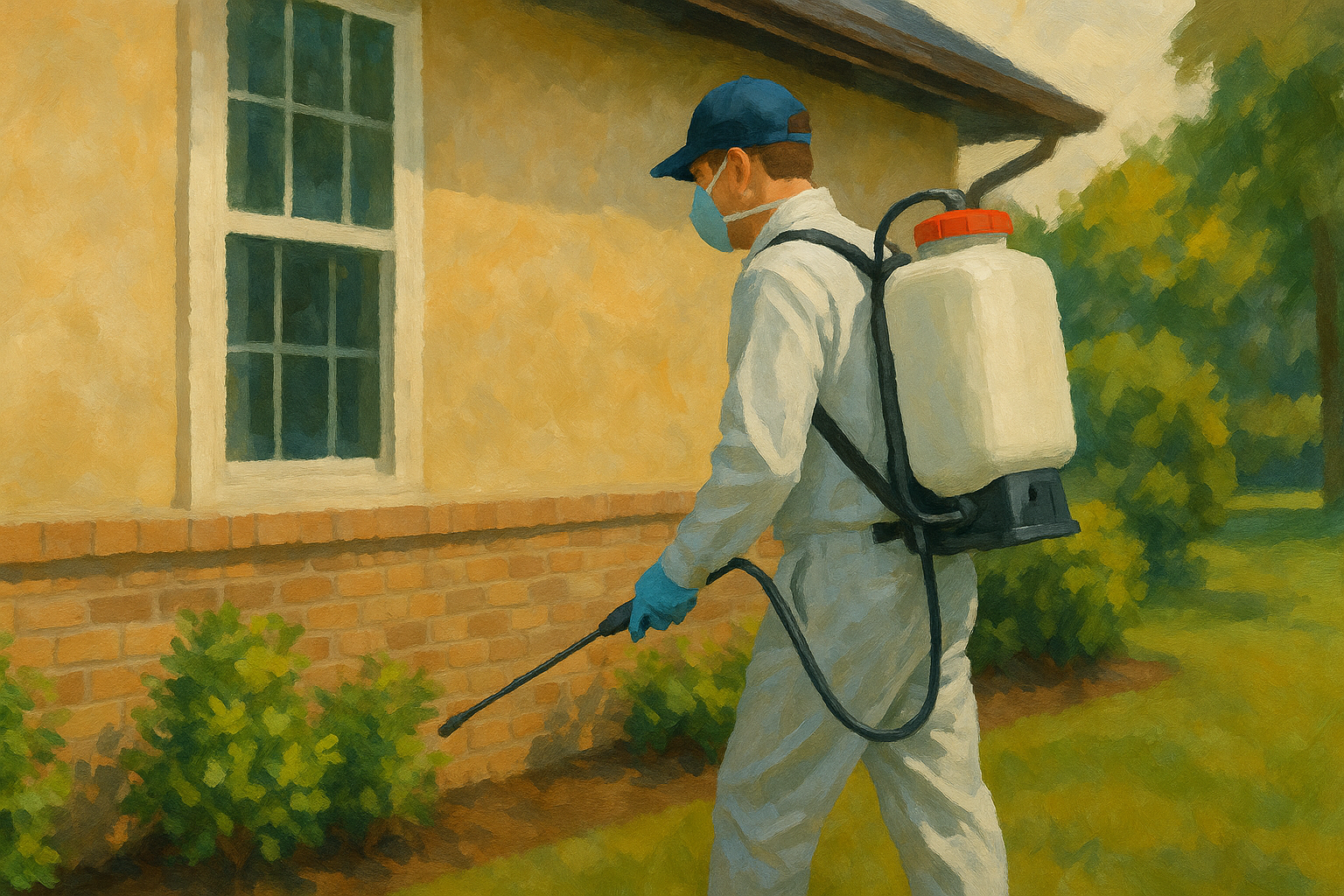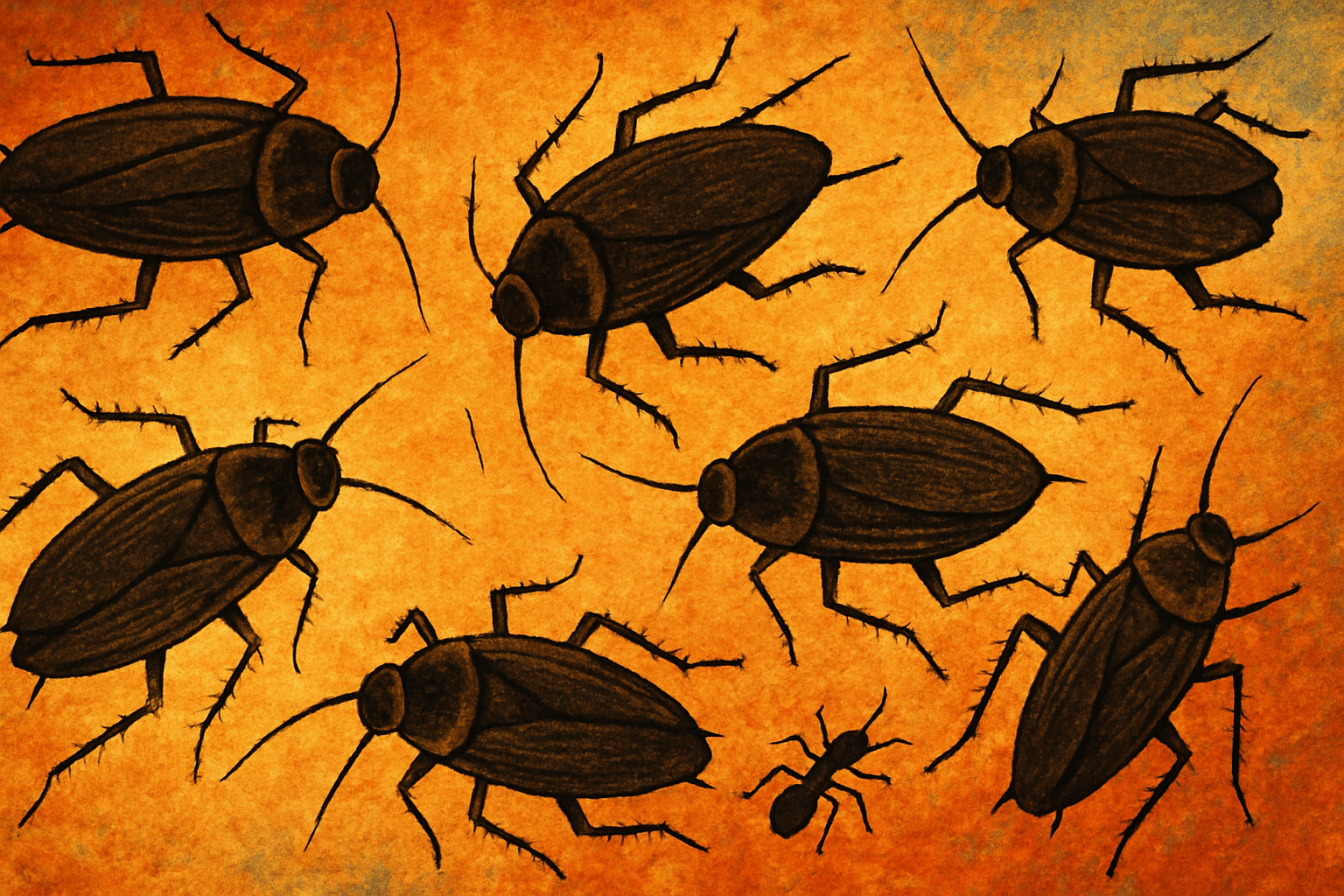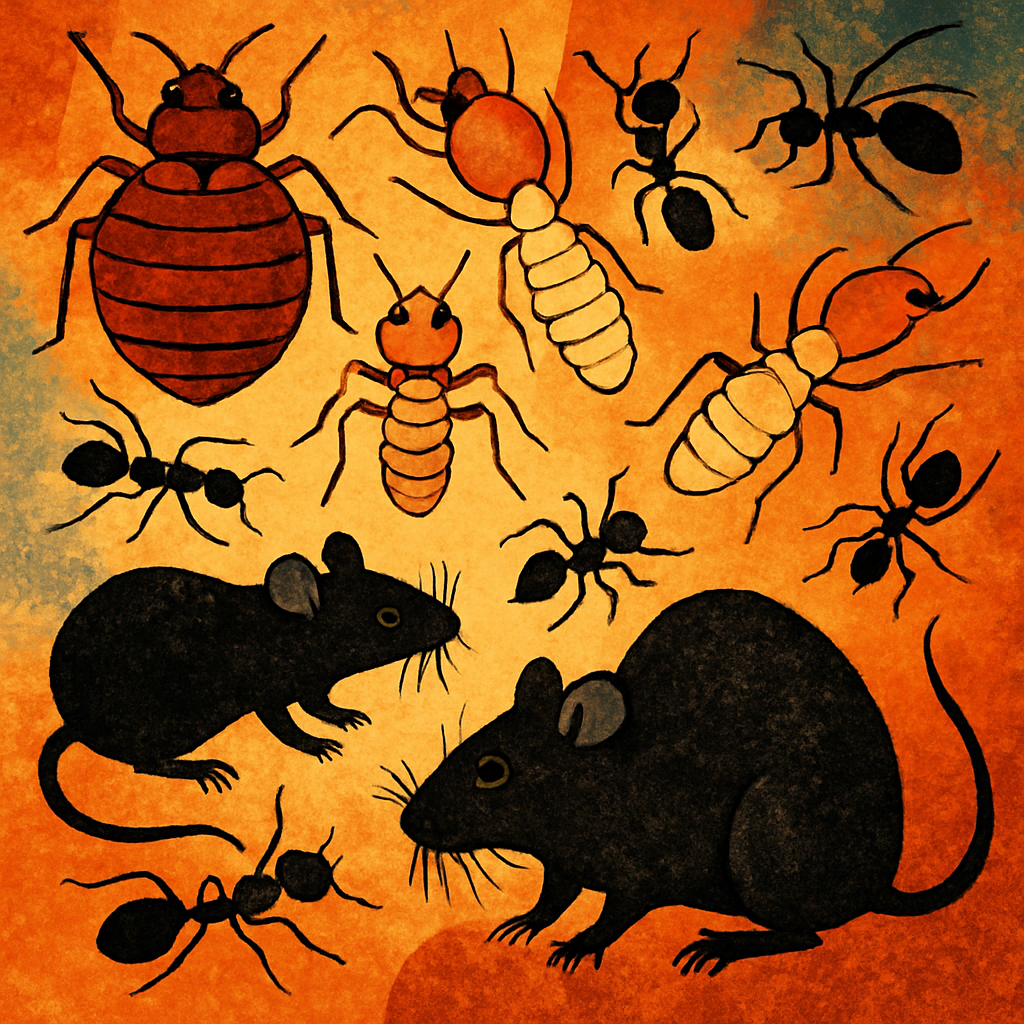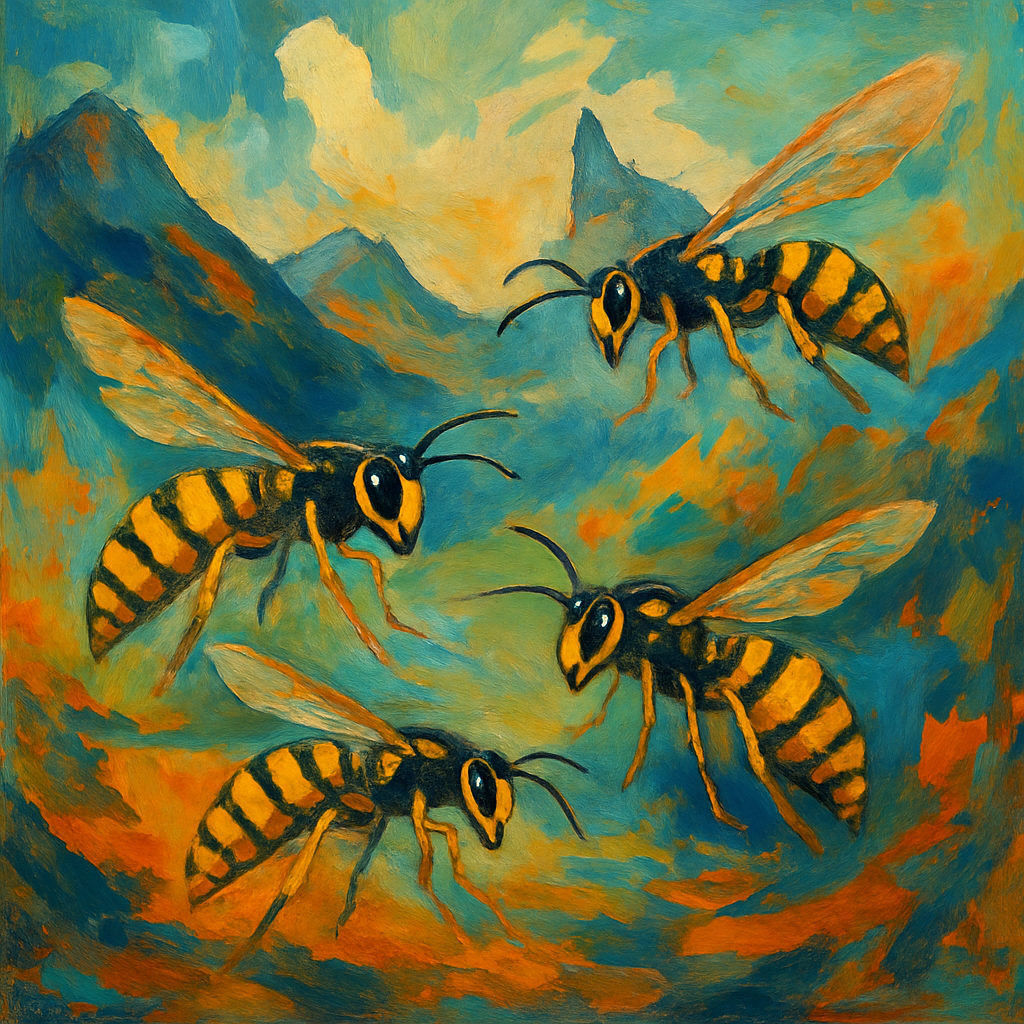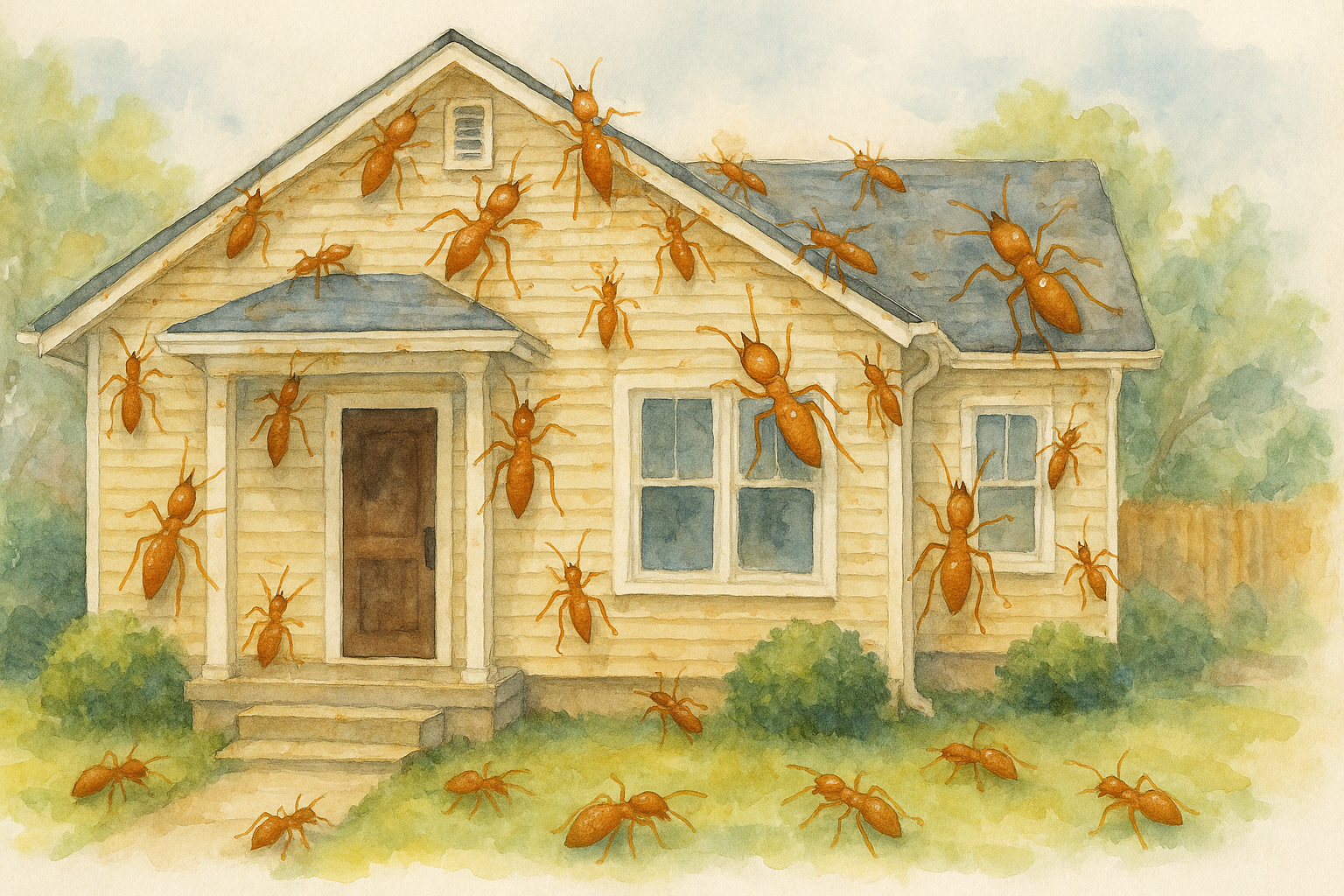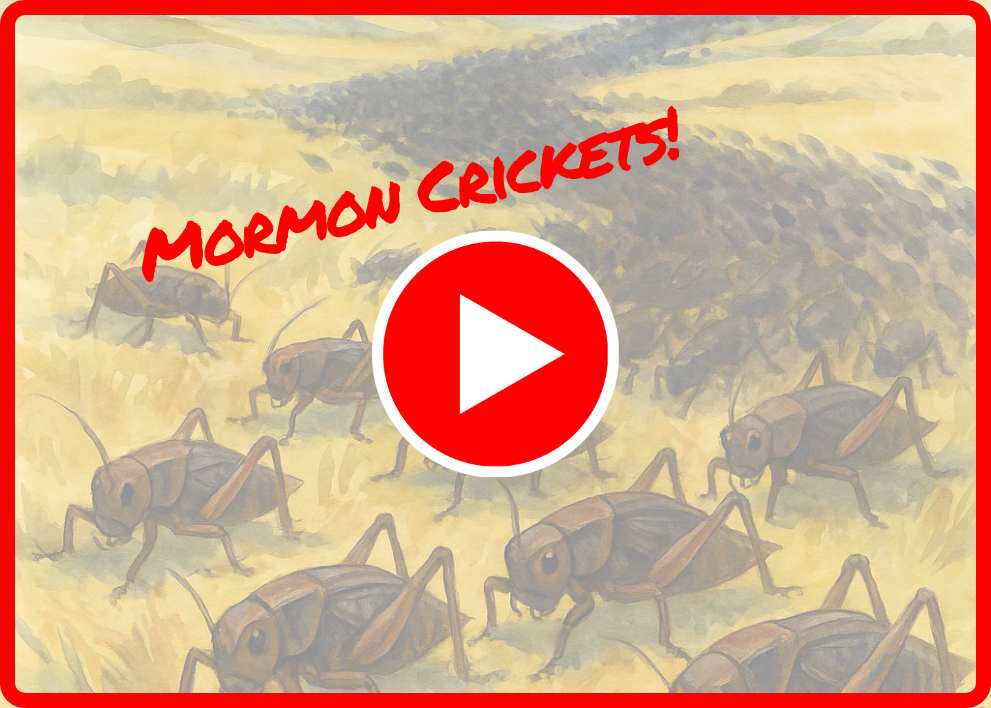In the hidden corners of gardens, garages, and woodpiles, a solitary creature weaves its web. The Black Widow spider (Latrodectus)—infamous for its sleek, black body and striking red hourglass marking—has captured the human imagination for centuries. Known for its venomous bite and secretive habits, the Black Widow is a creature both feared and misunderstood. But how dangerous are these spiders truly, where do they dwell, and how can we manage their populations effectively?

How Venomous Are Black Widow Spiders?
The Black Widow’s venom is legendary, its reputation as one of the most venomous spiders in North America well-earned. But how dangerous are they, really?
The Black Widow’s bite, though potent, is rarely fatal to humans. The venom of the Black Widow contains a neurotoxin called latrotoxin, designed to incapacitate its insect prey. A bite delivers this toxin into the bloodstream, causing muscle pain, cramps, and nausea in humans. While the bite can be painful, it is rarely life-threatening to healthy adults. Most individuals recover with minimal treatment, though children, the elderly, and those with compromised immune systems are more vulnerable to severe reactions.
It’s important to note that Black Widows are not aggressive by nature. They typically bite only in self-defense, often when accidentally disturbed in their webs. The danger lies more in proximity than aggression, as these creatures prefer to remain hidden rather than confrontational.
Where Do Black Widows Live?
The Western Black Widow (Latrodectus hesperus), in particular, is widespread across the western United States like Idaho, favoring warm, dry environments. But these adaptable arachnids can be found in a variety of habitats, from deserts to urban areas.
“They are masters of concealment, finding shelter in the forgotten, shadowy recesses of our world.” Black Widows prefer dark, undisturbed places. Outdoors, they may inhabit piles of wood, beneath rocks, or the undersides of garden furniture. Indoors, they’re commonly found in basements, garages, and sheds—places that provide shelter from the elements and proximity to insect prey.
As they seek out these quiet corners, they occasionally come into closer contact with humans, a situation that can lead to unwanted encounters.
What Are the Best Ways to Control the Population of Black Widow Spiders?
While Black Widows are fascinating creatures and play an important role in controlling insect populations, their presence in and around homes can pose a concern for homeowners. Controlling their population requires a careful balance of prevention, removal, and habitat management.
1. Eliminate Clutter and Shelter:
The first step in reducing Black Widow populations is to remove the places where they like to hide. Clear out cluttered areas around your home, especially woodpiles, old boxes, and unused materials that can serve as shelter. Indoors, reduce their hiding spots by decluttering basements, garages, and storage areas.
2. Seal Entry Points:
Black Widows can enter homes through small cracks, gaps around windows, doors, and vents. Sealing these entry points not only helps keep spiders out but can also reduce the number of insects—such as flies and beetles—that they feed on. Simple measures like caulking windows and doors, using weather stripping, and installing fine mesh screens over vents can significantly reduce the chances of spiders moving indoors.
3. Regular Cleaning and Web Removal:
Regular cleaning can help reduce the likelihood of a Black Widow setting up a permanent residence. Removing webs with a vacuum or broom not only eliminates the spiders’ hiding places but also discourages them from rebuilding. Since Black Widows are nocturnal, checking for webs in dark, quiet places during daylight hours can help control their numbers.
4. Use of Natural Predators:
Many natural predators, such as birds, lizards, and even some other species of spiders, can help control Black Widow populations. Encouraging these predators in your yard, without the use of harmful pesticides, can create a more balanced ecosystem where Black Widows remain at manageable levels.
5. Professional Pest Control Services:
In cases where Black Widows become a consistent issue or their population grows near human activity, professional pest control may be necessary. Pest control professionals are the unseen stewards of balance in human environments. Trained technicians can safely eliminate spiders, treat affected areas, and offer advice on long-term prevention. By utilizing eco-friendly, targeted treatments,
pest control services can effectively manage Black Widow populations without harming other beneficial creatures.
A Balanced Approach to Black Widow Control
The Black Widow, though feared, is a key player in the natural world. "It is the delicate balance of nature, that allows these creatures to survive, and yet sometimes, when boundaries are crossed, humans must step in to restore harmony."
Through prevention, proper habitat management, and the responsible use of pest control, we can ensure that Black Widows remain in their rightful place—benefiting ecosystems from afar, while keeping our homes and families safe from unwanted encounters.
Contact Today For $100 Off Your Initial Service!
⭐⭐⭐⭐⭐
Backed by our Bigfoot Guarantee!
What Customers Are Saying:
"Everyone from Bigfoot is awesome. They are always on time. They're extremely thorough. I've not had a single issue in the two years they have been treating our home. Well worth it!"
T. Potter | Meridian, ID
